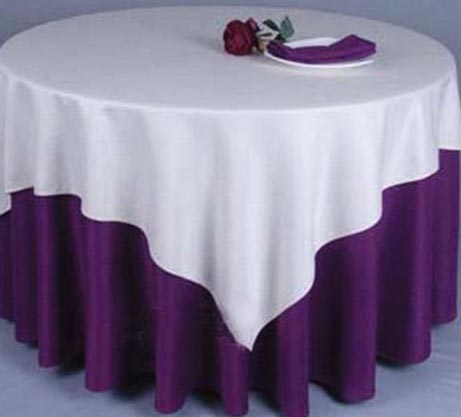Design Development - Hybrid into Concept Drawings
Design Development - Hybrid into Concept Drawings
After creating a hybrid model, how can I come up with a concept that develops from my hybrid model?
After doing my hybrid models, I went into sketching a few design ideas for my buildings. I've decided that the best approach would be to combine the restaurant with my culinary school so that the restaurant and culinary school blends together as the market comes and introduces that two other buildings in one continuous program.
My first iteration sketch, I was trying to figure out landscape as well as program spaces. I felt that things can be switches a big and made to blend better than it originally was in my sketch. I realized that I didn't stay with the organic and rigidness of my concept so I went back and created another set of drawings to try and represent my idea even better.
Iteration One
After looking at different culinary pieces that make a restaurant and a culinary school complete; I made this sketch. I thought about the three buildings merging in a way that develops through the facade of the culinary/restaurant. From that building the facade comes out and starts to develop the market. My building will also try to bend as if you would hold a measuring spoon as shown in fig. 1.
From there, the facade starts taking the shape of a table cloth as shown in fig. 2, Hiding away the structures and showcases some of it as you start developing the more important parts of the structure. From there it starts to ooze out and start to create the structure of the market so that it can all incorporate together.
Fig. 1
Fig. 2







This is next to impossible to comment upon given a 1 month lapse in process postings. Where are the combined collages, study models, hybrid models and parti expression that have gotten you to this point? As architectural sketches, you are fine, they are fairly standard, run n of the mill tectonic doodles. However, what we are trying to develop here is a process and responses from those of us that have "been there" to help you tailor that process to your strengths and help you avoid pitfalls and misdirection. I am truly at a loss as to how to apply that rationale to your blog at this point.
ReplyDeleteDear Andy,
DeleteMy combined collages, study models, and hybrid models are all posted previous to this post, see post on hybrid study development as well as concept model developments. Before having any confusion on how I got to this point, the information is given.
See Attached for links
Deletehttp://arch3610fall2016amarte.blogspot.com/2016/10/concept-development-hybrid-model.html
https://arch3610fall2016amarte.blogspot.com/2016/10/concept-development-concept-models.html?showComment=1477580868194
Hello Andres ! Hello Andy ! Sorry to appear so late in the discussion. Just am suiching on my usual schedule after passing 4 hard courses ( one of them Augmented Reality - I even though that I never would pass it). Will try to approach your posts tomorrow. THis evening only could give the direction, I would follow,if I would work on your topic. Follow Kris Zyśk https://www.facebook.com/krzysiek.zysk.56?fref=ts He is my former client and now a friend, a high class chef. He created and developed the trade mark for culinary events "Ginger Line" when worked in London. Later he sold it and now is teaching in the Culinary Art Institute in my city Varna (Bulgaria). I completely share his vews that the reastaurant should be a place for spectacles.
DeleteYou are doing good job with your sketches working on both the scale of the bigger envelope and at the same time thinking of the material details. I would nevertheless suggest that you are very careful when you create one to one analogies from the spoon to facade "behavior" and from the tablecloth to the structure. It would be more precise to start creating diagrams of "folding" as a structural language instead of being literal with the folds of a tablecloth.
ReplyDelete